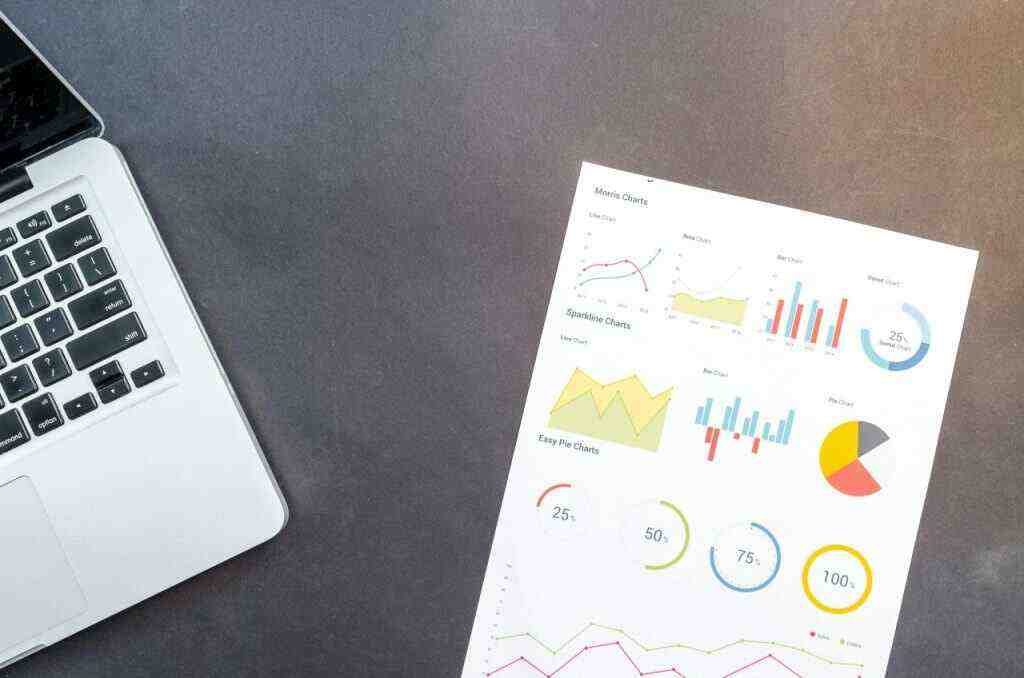Knowledge Graphs in Machine Learning: A Symbiotic Partnership Driving Innovation
In the ever-evolving landscape of artificial intelligence, knowledge graphs and machine learning have emerged as a dynamic duo, propelling each other to new heights of capability and efficacy. This comprehensive exploration delves into the intricate relationship between knowledge graphs and machine learning, unveiling the profound benefits they offer in various applications.
Defining Knowledge Graphs: A Structured Universe of Knowledge
Knowledge graphs are intricate networks of interconnected data, akin to a vast tapestry woven from nodes and edges. Nodes represent distinct entities or concepts, while edges depict the relationships that bind them together. This structured representation mirrors the interconnectedness of the real world, enabling machines to comprehend and reason about complex information.
Machine Learning and Knowledge Graphs: A Synergy Unparalleled
Machine learning algorithms, with their insatiable appetite for data and patterns, find in knowledge graphs a veritable treasure trove of structured knowledge. This symbiotic relationship empowers machine learning models with enhanced accuracy, efficiency, and context-awareness, unlocking a world of possibilities.
Benefits of Integrating Knowledge Graphs with Machine Learning
The fusion of knowledge graphs and machine learning yields a cornucopia of advantages:
1. Enriching Context and Understanding:
Knowledge graphs illuminate the intricate connections and semantics inherent in data, providing AI systems with a deeper understanding of the context. This heightened comprehension leads to more accurate, interpretable, and contextually relevant AI applications.
2. Seamless Integration with Existing Tools:
Knowledge graphs seamlessly integrate with popular programming languages like Python and R, as well as established frameworks. This interoperability eliminates the need to reinvent the wheel, fostering productivity and promoting collaboration among data scientists and developers.
3. Unburdening Data Workers:
Knowledge graphs liberate data scientists and engineers from the tedious task of data wrangling and manual data gathering. By providing unified, structured data, knowledge graphs streamline the model training process, saving valuable time and resources.
4. Enhancing Natural Language Understanding:
While knowledge graphs excel in capturing structured data, they often struggle with unstructured text and natural language. Integrating knowledge graphs with large language models (LLMs) bridges this gap, enabling AI systems to grasp and analyze unstructured text with remarkable proficiency.
5. Empowering Informed Decision-Making:
Knowledge graphs organize data relationships logically, providing AI systems with the necessary context to make informed and reliable decisions. This integration enables AI systems to leverage structured information for improved predictions, recommendations, and insights.
Practical Applications: Unleashing the Power of Knowledge Graphs and Machine Learning
The synergy between knowledge graphs and machine learning has catalyzed groundbreaking applications across diverse industries:
1. Revolutionizing Search and Recommendation Systems:
Knowledge graphs elevate the accuracy and relevance of search engine results and recommendation systems by comprehending the context and relationships between entities. This understanding leads to more personalized and contextually relevant experiences for users.
2. Empowering Chatbots and Virtual Assistants:
Knowledge graphs infuse chatbots and virtual assistants with meaningful dialogue and question-answering capabilities. By providing context-aware responses and relevant information, knowledge graphs enable these AI-powered assistants to engage in natural and informative conversations.
3. Advancing Semantic Search:
Knowledge graphs facilitate semantic search, an approach that interprets the meaning of documents and queries, leading to more precise and contextually relevant search results. This capability empowers users to uncover information that aligns precisely with their intent.
4. Streamlining Model Training:
Knowledge graphs offer a structured and efficient approach to training machine learning models, particularly in graph-native learning methods. This approach enables models to learn generalized properties directly from the graph structure, enhancing their performance and reducing training time.
5. Creating a Comprehensive Customer View:
Knowledge graphs weave together data from disparate sources to create a unified view of customers or organizations. This comprehensive perspective empowers businesses to gain actionable insights, make informed decisions, and deliver personalized customer experiences.
6. Modernizing Analytics:
Knowledge graphs provide a structured framework for organizing and representing data, modernizing analytics operations. They facilitate advanced analytics techniques, enhance data exploration, and enable the seamless integration of diverse data sources.
7. Advancing Data Science and Analytics:
Knowledge graphs excel at managing large volumes of interconnected data, enabling inference and reasoning tasks. They facilitate the discovery of new links, validation of existing knowledge, and the generation of novel insights in data science and analytics applications.
Conclusion: A Symbiotic Bond Transforming AI
Knowledge graphs and machine learning have forged a symbiotic bond that is transforming the landscape of artificial intelligence. By leveraging the structured knowledge provided by knowledge graphs, machine learning models achieve new heights of accuracy, efficiency, and context-awareness. This convergence opens up a world of possibilities for advanced applications, empowering AI systems to make informed decisions, engage in meaningful conversations, and provide personalized experiences. As knowledge graphs and machine learning continue to evolve, we can anticipate even more transformative applications that revolutionize the way we interact with technology and information.
